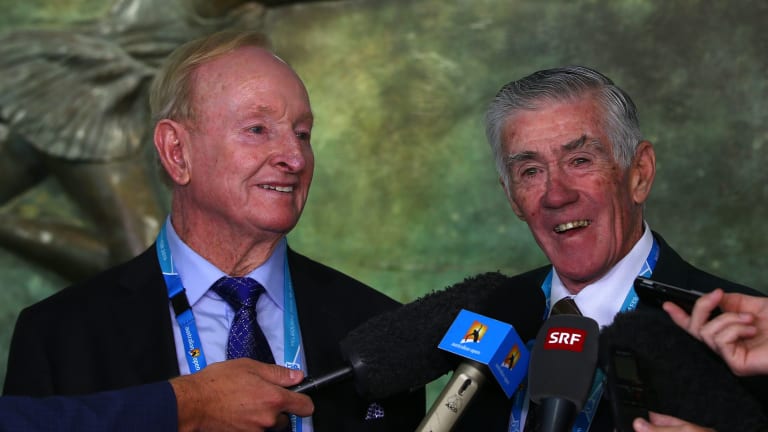TBT, 1972 WCT Finals: Rosewall-Laver classic draws 21 million viewers
By May 14, 2020Coach's Corner
SPOTTED: Naomi Osaka hits the court with coach Tomasz Wiktorowski in Montreal
By Jul 29, 2025Pop Culture
Viva la vida! Aryna Sabalenka rocks out at Coldplay concert in Miami
By Jul 29, 2025Betting Central
Toronto Betting Preview: Arthur Fils vs. Pablo Carreno Busta
By Jul 29, 2025Coach's Corner
Alexander Zverev gained inside track of himself as a player from Rafael Nadal during Mallorca visit
By Jul 29, 2025National Bank Open
Bianca Andreescu pulls out of Montréal, citing torn ligaments in ankle
By Jul 29, 2025National Bank Open
Holger Rune solves Giovanni Mpetshi Perricard in Toronto opener
By Jul 29, 2025Ranking Reaction
Carlos Alcaraz kicks off milestone 100th career week inside Top 2 of ATP rankings
By Jul 29, 2025US Open
Sinner, Swiatek, Alcaraz, Venus, Djokovic among confirmed US Open mixed doubles competitors
By Jul 29, 2025ATP Challenger Tour
Marco Trungelliti: An unconventional success story
By Jul 29, 2025TBT, 1972 WCT Finals: Rosewall-Laver classic draws 21 million viewers
NBC had opted to let the Dallas clash continue to air in lieu of its regular evening programming, and the two Australians would deliver a thrilling finish to a captivated audience.
Published May 14, 2020
Advertising

TBT, 1972 WCT Finals: Rosewall-Laver classic draws 21 million viewers
© 2015 Getty Images
Advertising

TBT, 1972 WCT Finals: Rosewall-Laver classic draws 21 million viewers